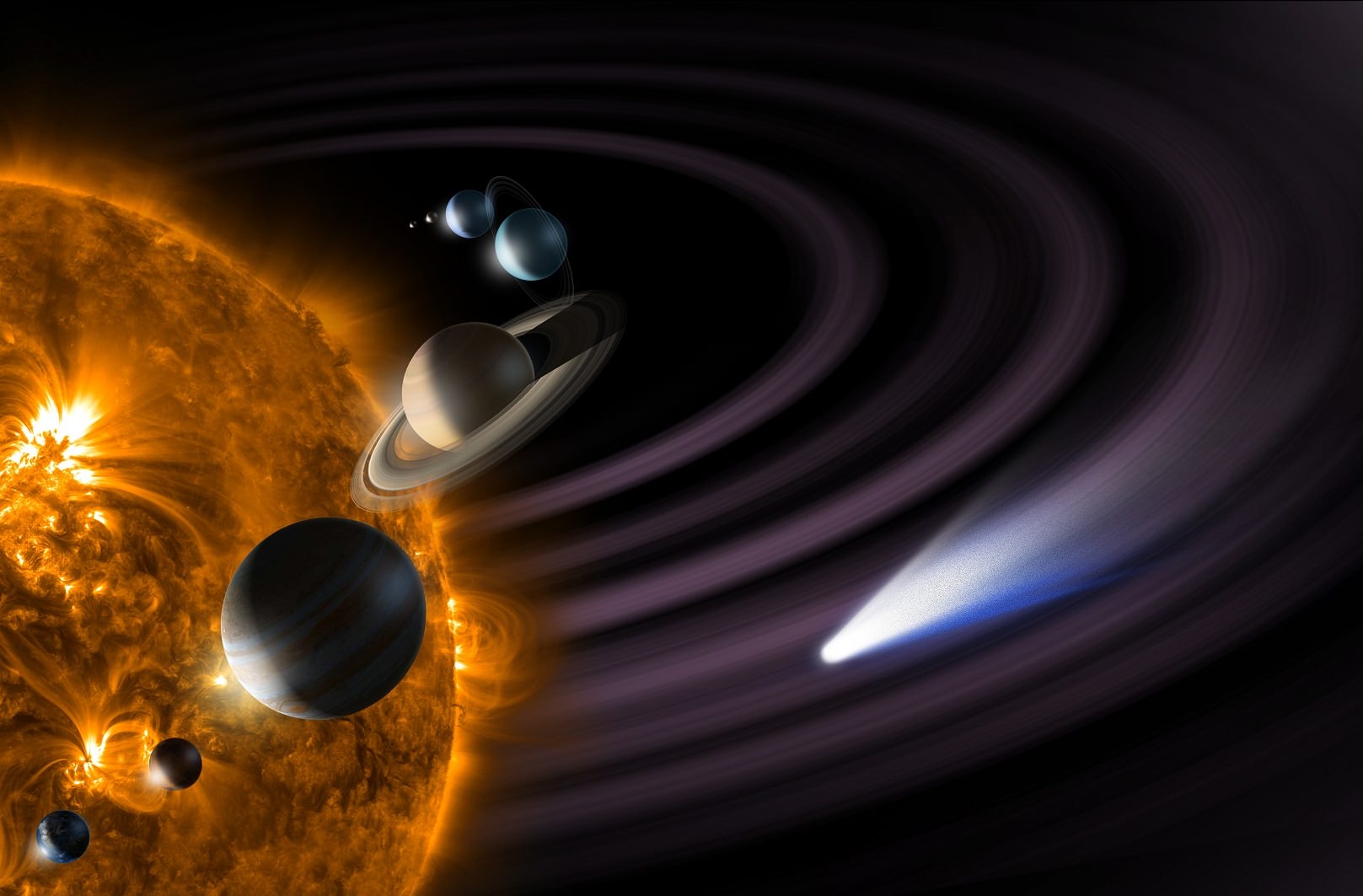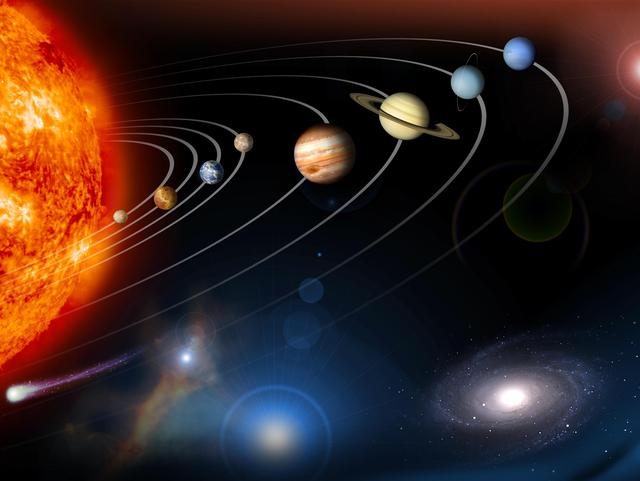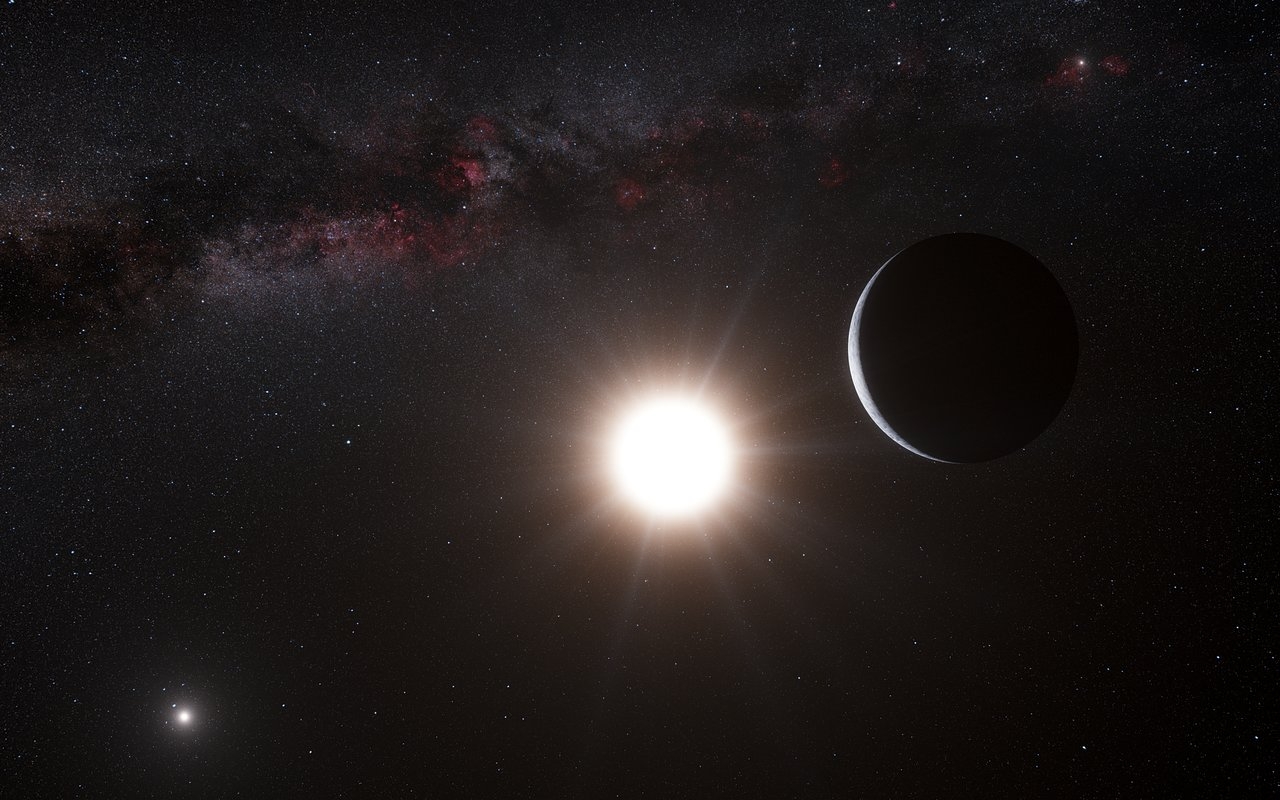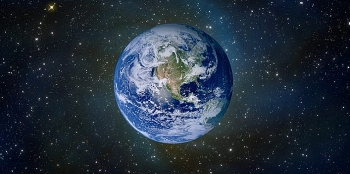7 must-know Facts about the Solar system
 |
| Photo: Universe Today |
Planets Are Made of Rock or Gas
One of the need-to-know facts about the Solar system is what the planets are made of. The 8 planets in our solar system are divided into the inner planets of Mercury, Venus, Earth and Mars, which are basically made of rock and metal; and the outer planets of Jupiter, Saturn, Uranus and Neptune, which are made of hydrogen, helium and other gases. Despite being referred to as gas giants, intense heat and pressure towards their centres cause their gases to compress into liquid metal or rock.
Most Asteroids Found Between Mars and Jupiter
Asteroids are usually rocky or metallic in nature and in our solar system most can be found orbiting the Sun between Mars and Jupiter in an area known as the asteroid belt (2.7 AU). It is believed that in the early evolution of the solar system, this region once contained enough material to form a planet but Jupiter’s intense gravity stopped the materials from successfully coalescing into a planet.
 |
| Photo: Live Science |
The Closer To The Sun, The Hotter The Planet
In general, the closer the planet is to the Sun the hotter is its average temperature. The average temperature of Mercury is a blistering +427 Celsius, but the planet Neptune’s average temperature is a chilly -200 Celsius. However, Venus (460c) is actually hotter than Mercury thanks to its thick carbon dioxide atmosphere which creates a greenhouse effect, while Mercury has a very thin atmosphere and so cannot trap the Sun’s heat very easily.
One Year Different On Each Planet
The closer the planet is to the Sun, the quicker is its annual orbit around our star. Whereas the Earth takes one year to revolve around the Sun, for instance, Mercury would complete its orbit in 88 days, while distant Neptune would complete its annual trek in 165 years.
Comets We See Originate From Within Our Solar System
The comets we see in the night sky come from our solar system and are either short-period, in which case they originate in the Kuiper belt (30 To 50 AU), or longer-period comets, in which case they originate in the Oort cloud. Comets are made of ice and dust and as they approach the Sun their surfaces warm up causing their materials to vaporize, thus producing a comet’s characteristic tail. In the process, numerous meteoroids are shed and spread out along the orbit of the comet such that whenever the Earth’s atmosphere passes this dust trail a meteor shower occurs, such as the Geminids and Leonids.
 |
| Photo: Eso.org |
Nearest Star To Earth is Proxima Centauri
Outside of our own solar system, the nearest star to Earth is a red dwarf star called Proxima Centauri (4.24 light-years), followed by Barnard’s Star in the constellation of Ophiuchus (6 light-years). The brightest star in the night sky, Sirius (-1.46 magnitude) in the constellation of Canis Major, is the 5th closest star to Earth at a distance of 8.6 light-years.
There Are 100 Billion Solar Systems In Milky Way Galaxy
In ancient times, the solar system was considered to represent the entire universe and the planets were believed to be ‘wandering stars‘ orbiting the Earth along with the Sun and stars. With the advent of the scientific revolution beginning in 1543, the Earth was later included in the list of planets but until recently astronomers still knew of only one solar system in the universe. Within the last 17 years or so, however, over 4,000 planets orbiting distant stars have been found and scientists now estimate that there may be as many as 100 billion solar systems in our own Milky Way galaxy, alone.
| We live inside the sun. Normally we think of the sun as being that big, hot ball of light 93 million miles (150 million km) away. But actually, the sun’s outer atmosphere extends far beyond its visible surface. Our planet orbits within this tenuous atmosphere, and we see evidence of this when gusts of the solar wind generate the Northern and Southern Lights. In that sense, we definitely live inside the sun. |
If you find this article interesting, don't forget to share it with your friends!
 Top Interesting Facts About Uranus You Might Not Know Top Interesting Facts About Uranus You Might Not Know Uranus, the seventh planet from the Sun, is the biggest of the ice giants and the third-largest planet in the Solar System. Here are just ... |
 Top 7 Catholic Countries In the World Top 7 Catholic Countries In the World Catholicism is a religion that is practised in nations all around the world. It's a division of Christianity, the largest religion globally. Read on this ... |
 Top 7 Amazing Facts about the Earth we're living in! Top 7 Amazing Facts about the Earth we're living in! Planet Earth? That shiny blue marble that has fascinated humanity since they first began to walk across its surface. And over the course of the ... |


























